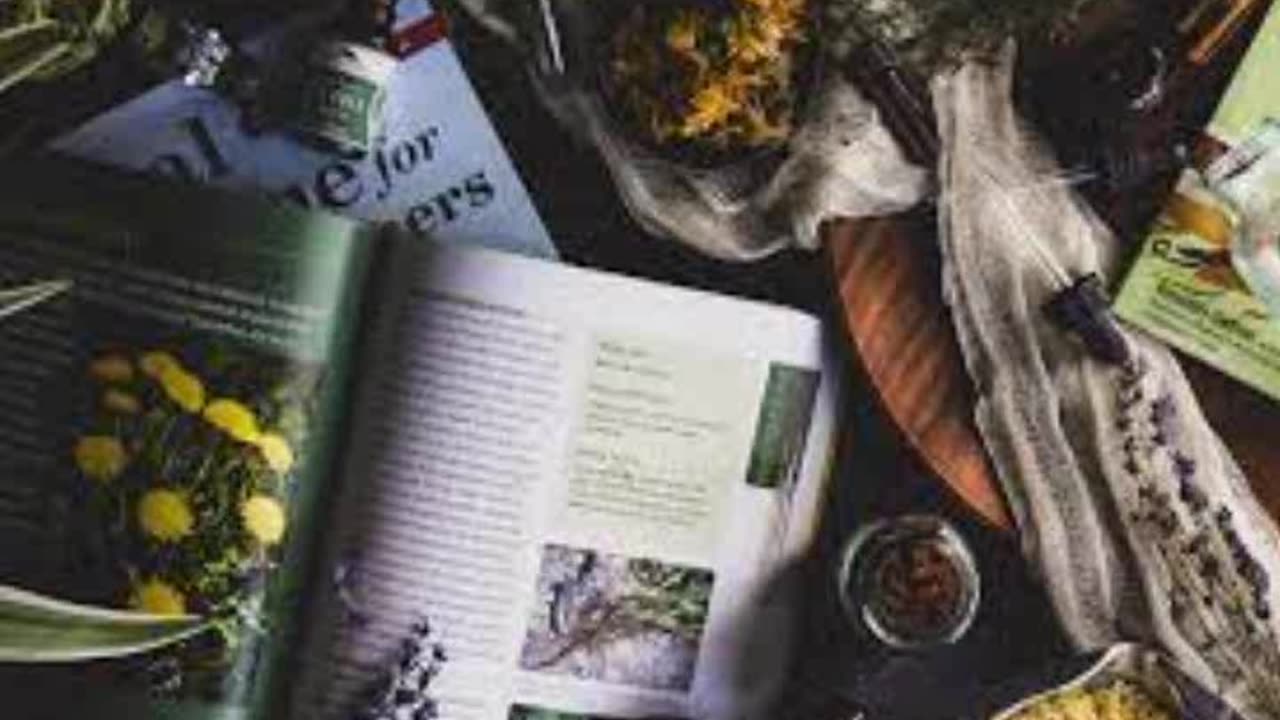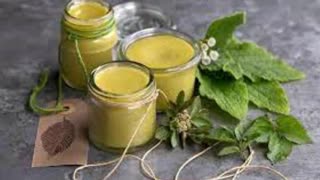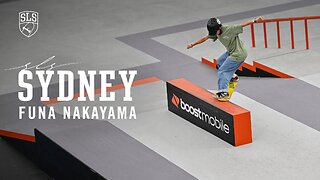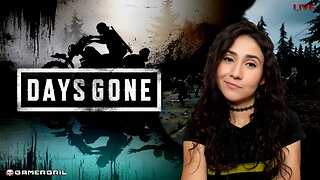Premium Only Content

Beginning Herbalism
https://solitarypaganism.com/herbal.../beginning-herbalism/
Herbalism, like midwifery skills, is one of the oldest parts of teaching within the craft, but is also one where we have lost a huge amount of information and where science has yet to catch up.
Every pagan culture has utilized the herbalism of its particular region, and I have found no one source or teacher who could possibly know about every herb that grows on the Earth.
Yet today we have the opportunity to perhaps achieve this within a lifespan or two, using the electronic communications at our fingertips.
Science is now slowly beginning to learn the importance of the natural herbs in healing, but they will take centuries to figure it all out because of the way they go about things, unless nudged.
The first step in herbalism is to gather the tools you will need, and that is the main point of this first message.
I have found the following useful and in many cases vital to learn and practice the use of herbs.
A Good mortar and Pestile, one of stone or metal is prefered. If wood is used you will need two, one for inedibles and one for edibles – make sure they do not look identical, as you do not want to accidentally poison anyone!!!
Containers. Although you can buy dried herbs over the counter in many places these days, do not store them in the plastic bags they come in, as these are usually neither reuseable nor perfectly airtight. Rubbermaid style plastic containers are good, but expensive. I have used glass coffee and spice jars/bottles to good effect, as well as some medicine bottles. The more you recycle the better ecologically, just make sure they have been thoroughly washed and dried before placing anything inside them.
Labels. This is vital! None of us in this day and age can possibly recognize each herb in its various forms simply by sight. Always label your containers as you fill them, and if possible date them when they were filled so you don’t keep spoiled stock on the shelf.
Tea Ball. A good metal teaball of the single cup size can be very useful in the longrun when your are experimenting, and when you are making single person doses of teas and tonics.
CheeseCloth. Useful for straining a partially liquid mixture and occasionnally for the making of sachets.
A good sized teakettle. Preferably one that will hold at least a quart of water.
A good teapot for simmering mixtures. I use one from a chinese import store that has done me well.
A good cutting board and a SHARP cutting knife for just herbal work.
A notebook of some sort to record the information in as you go, both successes and failures. Always record anything new you try that may or may not work, and also and research information you get from various sources (like this echo!)
An eyedropper.
White linen-style bandages. Some ace bandages are also useful in the long run.
A metal brazier of some sort, or a metal container that can withstand heavy useage and heat from within or without, useful for several things including the making of your own incenses.
-
 9:21
9:21
asolitarypagan.com
1 year agoMaking Herbal Salves
1.73K -
 5:26:52
5:26:52
Fed Reacts
10 hours agoReaction To Twitch Adpocolypse, Thots, Debating Blacks & Liberals!
69.1K13 -
 2:12:41
2:12:41
TheSaltyCracker
14 hours agoMSM Implodes After Trump Win ReeEEeE Stream 11-17-24
235K564 -
 4:31
4:31
SLS - Street League Skateboarding
10 days agoFuna Nakayama 3rd Place at SLS Sydney 2024 | Best Tricks
98K11 -
 2:15:24
2:15:24
vivafrei
22 hours agoEp. 236: BARNES IS BACK! Election Recap! Trump Nominees! Trump Persecutions - Wha's Next? & MORE!
281K284 -
 6:25:47
6:25:47
SynthTrax & DJ Cheezus Livestreams
21 hours agoDJ Cheezus & DEF JAM Fight for NY on PS2 - Hip Hop Violence and Vibes (1pm PST / 4pm EST)
115K4 -
 2:01:47
2:01:47
Nerdrotic
17 hours ago $15.16 earnedEgypt, Peru and Guatemala Luke Caverns RETURNS! | Forbidden Frontier #082
97.4K10 -

Vigilant News Network
17 hours agoFDA Approves Trials for New “Pandemic” Vaccine | Media Blackout
149K66 -
 4:06:21
4:06:21
GamerGril
17 hours agoIM THE GREASTEST OF ALL TIME AT.... CHAOS | DAYS GONE
132K12 -
 3:00:18
3:00:18
Due Dissidence
1 day agoTHE PEOPLE VS NATURE by Kevin Augustine - plus a talkback w/ Jimmy Dore
147K23